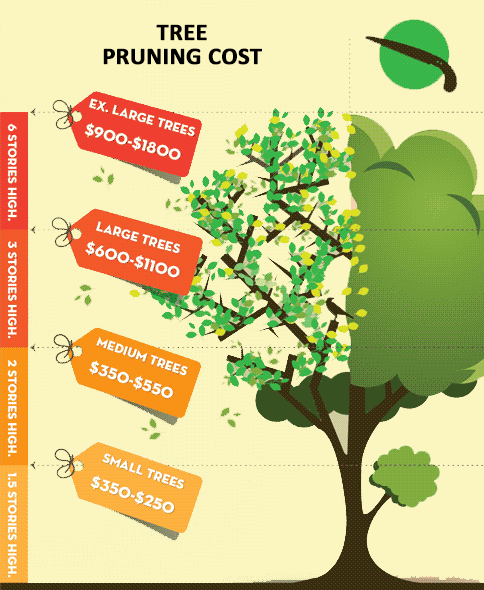The Environmental Benefits Of Stump Grinding: A Sustainable Approach For Land Stewardship
The Environmental Benefits Of Stump Grinding: A Sustainable Approach For Land Stewardship
Blog Article
Staff Author-
When it comes to land management, have you taken into consideration the durable benefits of stump grinding? By dealing with the residues left behind after tree removal, this method not just aids in dirt health and wellness enhancement however additionally plays an important duty in stopping disintegration and sustaining biodiversity. The ecological benefits of stump grinding prolong far beyond mere aesthetics, providing a sustainable solution that harmonizes with nature's detailed systems.
Soil Health Renovation
Aiming to boost the quality of your soil? gowh grinding can be a game-changer for boosting soil wellness on your property. By eliminating old tree stumps, you're producing space for brand-new growth and enabling essential nutrients to return to the dirt.
As the stumps break down with time, they launch organic matter, enriching the soil and promoting much better plant growth.
In addition, stump grinding helps to freshen the soil, permitting much better water infiltration and origin growth. Compacted dirt can hinder plant growth and water absorption, but by grinding stumps, you're loosening up the dirt and developing a much healthier atmosphere for your plants.
Moreover, tree removals auckland grinding can additionally assist to stop insect problems and diseases that old stumps may attract. By getting rid of these prospective threats, you're developing a much safer and extra effective landscape.
Erosion Prevention
To stop soil disintegration properly, stump grinding plays a vital role in preserving the security and stability of your land. By eliminating unattractive stumps from your home, you're likewise lowering the threat of disintegration triggered by water drainage. Stump grinding eliminates challenges that can interrupt the all-natural circulation of water throughout your land, avoiding dirt erosion in the process.
When stumps are left unblemished, they can act as obstacles to water circulation, causing dirt to wash away during heavy rainfalls. This disintegration not just harms your land but also adds to sedimentation in neighboring water bodies, hurting marine ecological communities.
Stump grinding assists to stop these concerns by leveling the ground and advertising proper drainage, minimizing the possibility of erosion.
Biodiversity Support
Maintaining healthy biodiversity on your land is important for developing a growing community. By using stump grinding as a lasting land management practice, you can substantially support biodiversity.
Stump grinding helps promote biodiversity by creating new environments for various plant and pet types. The removal of stumps allows for the regrowth of native greenery, which consequently draws in a varied range of wildlife. Pests, birds, and small animals thrive in these recently accessible areas, contributing to the general biodiversity of your land.
In addition, stump grinding helps prevent the spread of illness and pests that can damage plant varieties, thus protecting the environmental equilibrium on your home. By getting rid of old stumps, you develop space for new plant development, which enhances the overall health of the community.
This much healthier environment sustains a larger selection of varieties, advertising biodiversity and creating an extra resilient community in the long-term. Welcoming call maintenance grinding as part of your land management technique can have enduring favorable effects on the biodiversity of your land.
Final thought
By making use of stump grinding as a lasting approach to land management, you can improve soil health, protect against disintegration, and support biodiversity. This eco-friendly technique not just benefits the ecosystem however additionally promotes the development of vegetation and produces environments for different plant and animal types. Make a positive influence on the atmosphere by including stump grinding into your land management practices.
